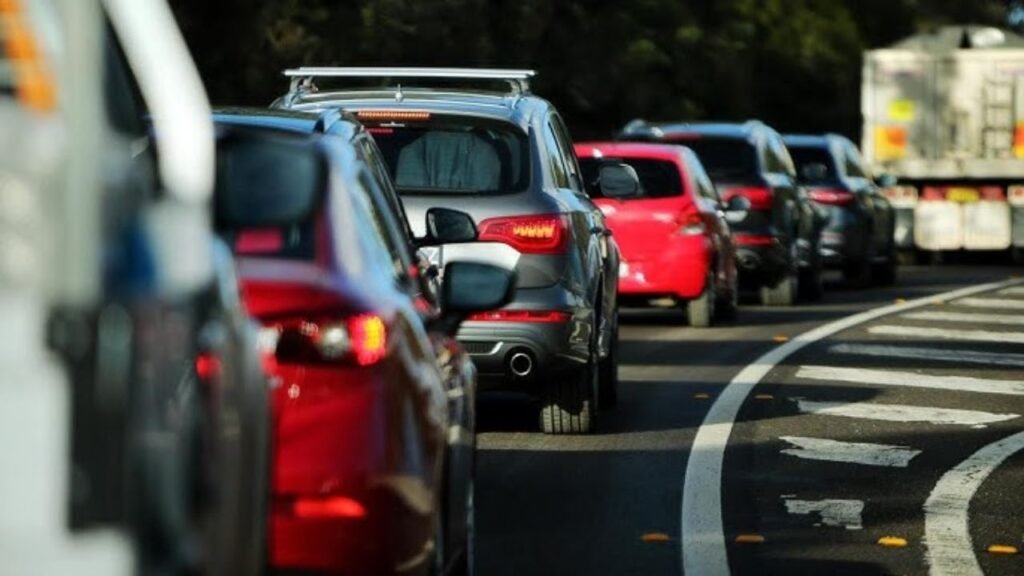Australia is introducing a new set of driving regulations that will directly impact provisional (P-Plate) drivers from August 1, 2025. These measures, endorsed by national and regional transport authorities, aim to reduce the number of road incidents involving young and inexperienced drivers. The changes follow a series of consultations with road safety experts, insurance representatives, and government officials, focusing on reducing preventable accidents among novice drivers.
Longer Supervision Period Before Full Provisional Status
A major policy shift involves extending the minimum time drivers must hold a P1 license. From the current 12-month requirement, young drivers will now need to complete 18 months before moving to P2 status. This change is based on studies that indicate a longer supervised driving period significantly lowers accident rates. By giving drivers more time to gain experience under provisional conditions, authorities hope to improve road safety outcomes for this high-risk group.
Night Driving Curfews Target High-Risk Hours
The updated regulations also introduce a curfew for P1 drivers under the age of 21. From August 2025, these drivers will no longer be allowed to drive between 11 p.m. and 5 a.m., except in cases of work, education, or emergencies. This rule has been implemented after data revealed a high frequency of fatal crashes involving young drivers during these late-night hours. Those needing to drive during restricted times can seek special exemptions from their respective state licensing bodies.
Digital Distractions Under Fire in New Safety Measures

A major crackdown on mobile phone and in-car technology use is also part of the upcoming changes. The allowance for hands-free phone usage, which previously applied to P2 license holders, will now be withdrawn. Provisional drivers of all levels will be prohibited from using mobile devices while driving, regardless of whether the device is in hands-free mode. GPS devices must be set before the vehicle starts moving, as operating them while in motion will attract stricter penalties.
Tougher Monitoring and Stronger Penalties for Rule Breakers
Increased enforcement is expected to ensure compliance with the new rules. Police will carry out more frequent roadside inspections, particularly to monitor the use of mobile phones, adherence to night curfews, and the proper display of P-plates. Penalties for non-compliance are also being elevated. For instance, using a mobile phone while driving may now lead to double demerit points, and breaching curfew restrictions without a valid exemption could result in immediate license suspension.
Nationwide Campaign to Spread Awareness Before Implementation
To ensure young drivers and their families are aware of the new requirements, a national education campaign is set to launch in June and July 2025. This initiative will include outreach through schools, online platforms, and local community centers. Authorities believe that widespread awareness and education are vital to making the new regulations effective and to achieving long-term improvements in driving behavior.
Steps Young Drivers Should Take Before the Deadline
With just a few months left before the new rules come into force, P-Plate drivers should start adjusting their driving routines. Attending updated driving courses, practicing during safe hours, and learning the revised rules thoroughly can make the transition smoother. Parents and guardians are encouraged to support their children during this adjustment period, while employers who rely on young workers for night-time driving should begin submitting exemption requests well in advance.
Insurance Landscape May Shift with New Risk Profiles
Insurance companies are expected to respond to these legal updates by adjusting their risk assessments and premium structures. Provisional drivers with clean records and adherence to the new restrictions may enjoy more favorable insurance rates. Conversely, drivers who frequently breach these conditions could face increased costs or find themselves with limited coverage options.
Promoting a Culture of Responsibility Among Young Motorists
These changes mark a critical step in shaping safer road habits for young Australians. Rather than adding unnecessary burdens, the August 2025 reforms aim to instill a sense of accountability and vigilance among new drivers. With the right preparation and community support, these updated rules can lead to a significant reduction in road fatalities and help develop a more safety-conscious generation of motorists.

